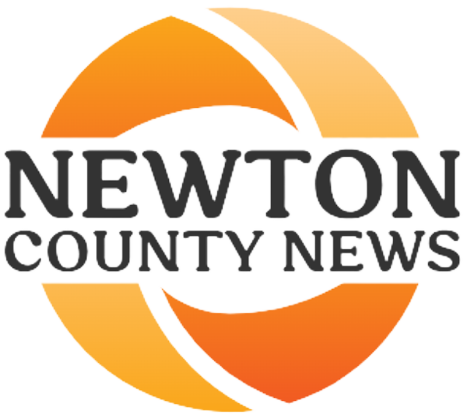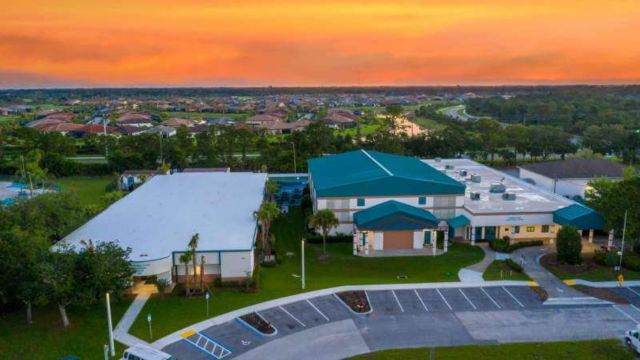Florida is renowned for its sunny beaches, theme parks, and diverse culture, yet it grapples with economic challenges alongside its prosperity. This blog post delves into the economic landscape of Florida, spotlighting the town facing the greatest financial struggles based on a recent analysis by 24/7 Wall St., a financial news website. We’ll explore the factors influencing its economic situation and compare it with other towns in the state.
Gifford: Florida’s Poorest Town
The analysis by 24/7 Wall St., utilizing data from the U.S. Census Bureau’s American Community Survey, identifies Gifford as Florida’s poorest town. Situated near Vero Beach in Indian River County, Gifford is home to around 9,000 people. With a median household income of $28,306—less than half of the state’s median—the town faces a poverty rate of 34.8%, more than double the state average of 14.5%. Additionally, Gifford contends with an unemployment rate of 10.6%, exceeding the state’s rate of 6.4%.
History and Challenges of Gifford
Gifford’s economic struggles trace back to its history. Established in the late 19th century as a predominantly African American community, it endured decades of racial discrimination and segregation. Named after James Gifford, a white settler who initially employed many black residents, the town faced threats when developers sought to create a whites-only community after Gifford’s death in 1926. Residents resisted, won a court case, but continued grappling with challenges like infrastructure gaps, limited education, and economic opportunities.
The town’s isolation from the county, coupled with environmental issues such as pollution and vulnerability to hurricanes, compounded Gifford’s difficulties. High crime rates further impacted residents’ safety and well-being.
Future and Hope of Gifford
Despite being Florida’s poorest town, Gifford holds promise. Its rich culture and resilient community spirit, coupled with natural beauty and historical landmarks, offer opportunities for development. Efforts to improve the situation include initiatives like the Gifford Youth Achievement Center, providing educational and recreational programs, and the Gifford Neighborhood Plan, adopted in 2017, outlining a vision for development.
Notable residents and alumni, including the first African American mayor of Jacksonville, Alvin Brown, former NFL player and community leader Freddie Woolfork, and Grammy-winning singer Darius Rucker, showcase success and inspiration emanating from Gifford.
Conclusion
While Gifford faces economic challenges, it isn’t solely defined by poverty. The town’s history mirrors struggles and resistance, yet also courage and perseverance. Gifford grapples with present challenges but holds assets and opportunities. Its future is uncertain but laden with hope and potential. Gifford reflects economic and social disparities, but also the diversity and resilience characterizing the Sunshine State.

